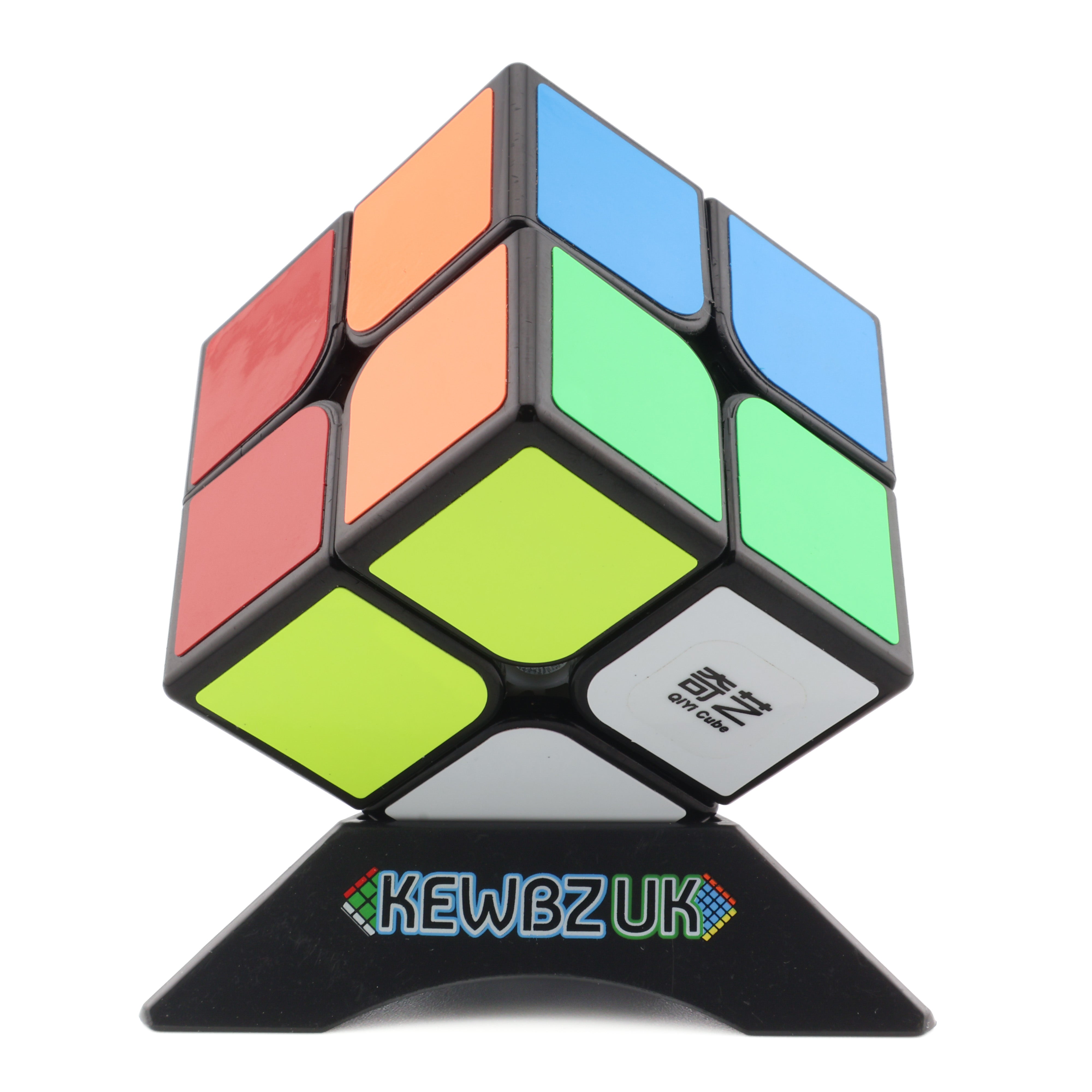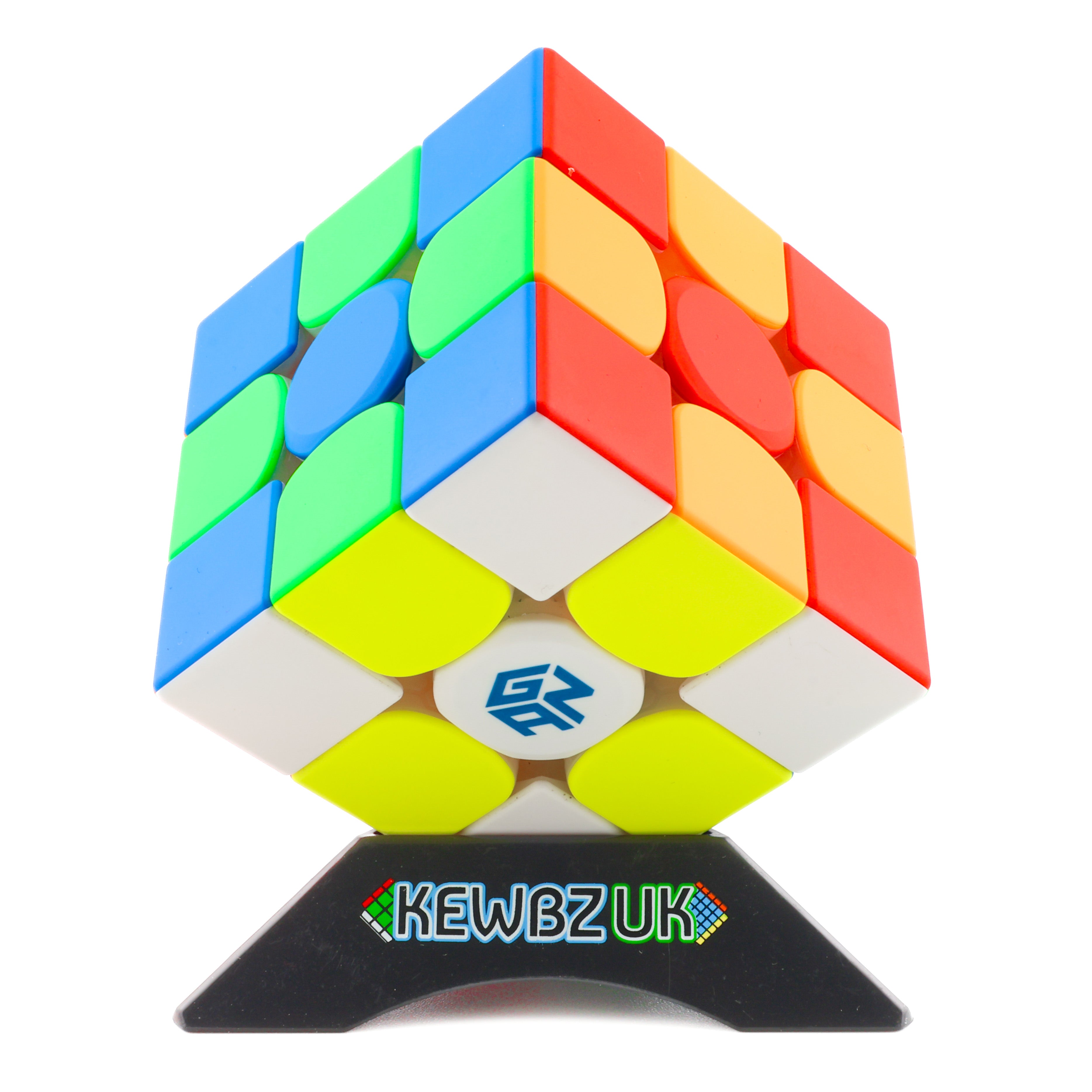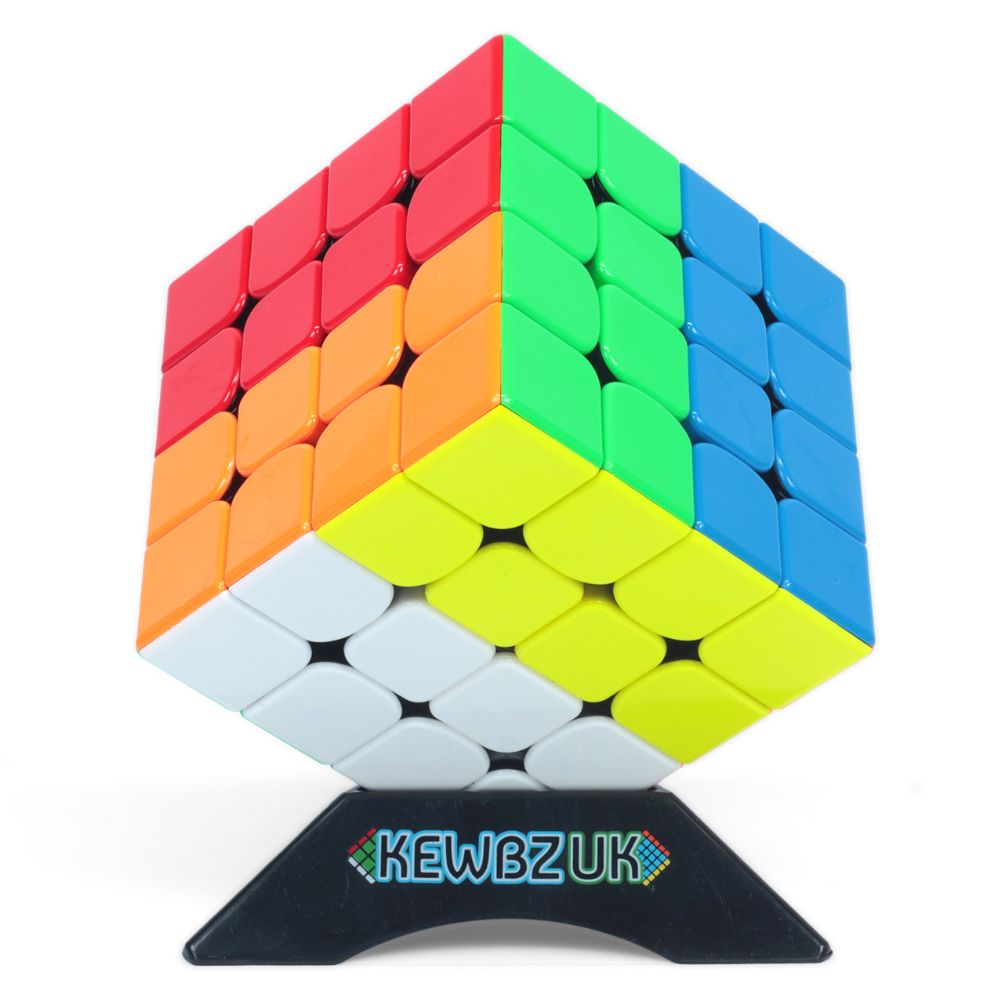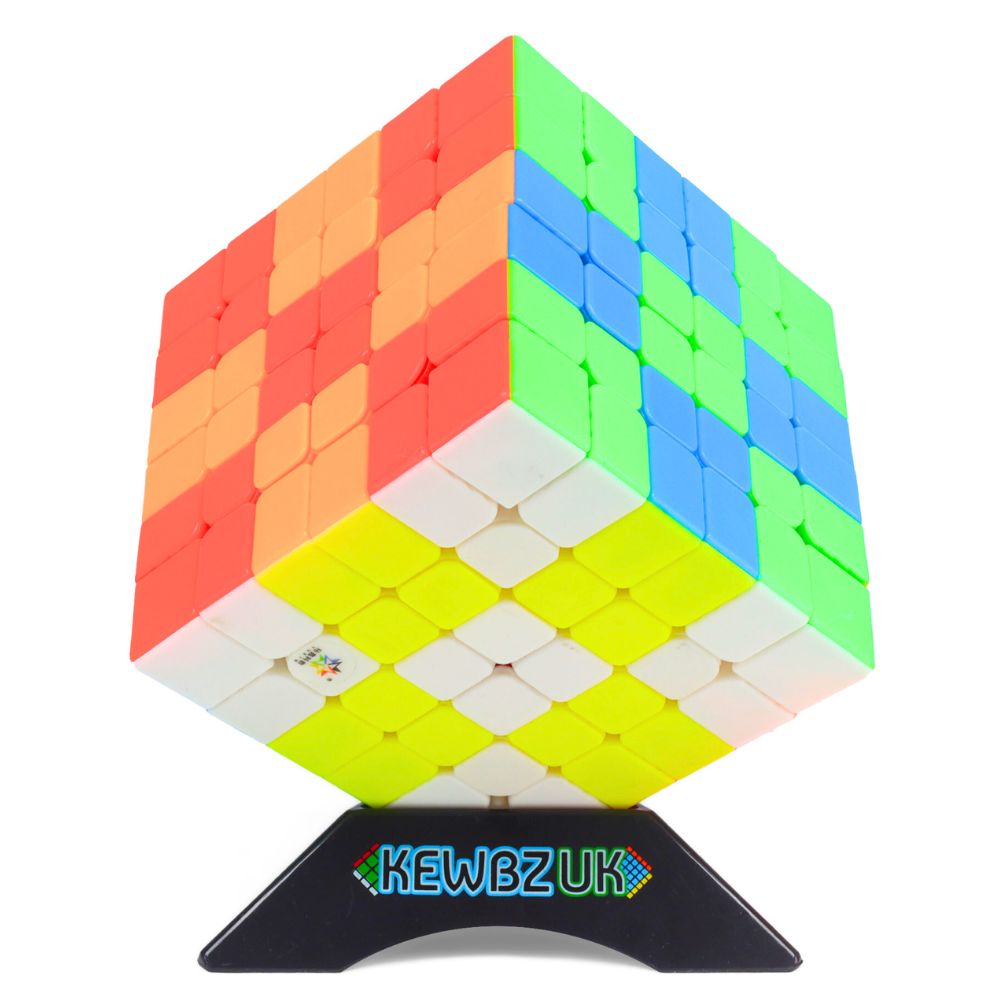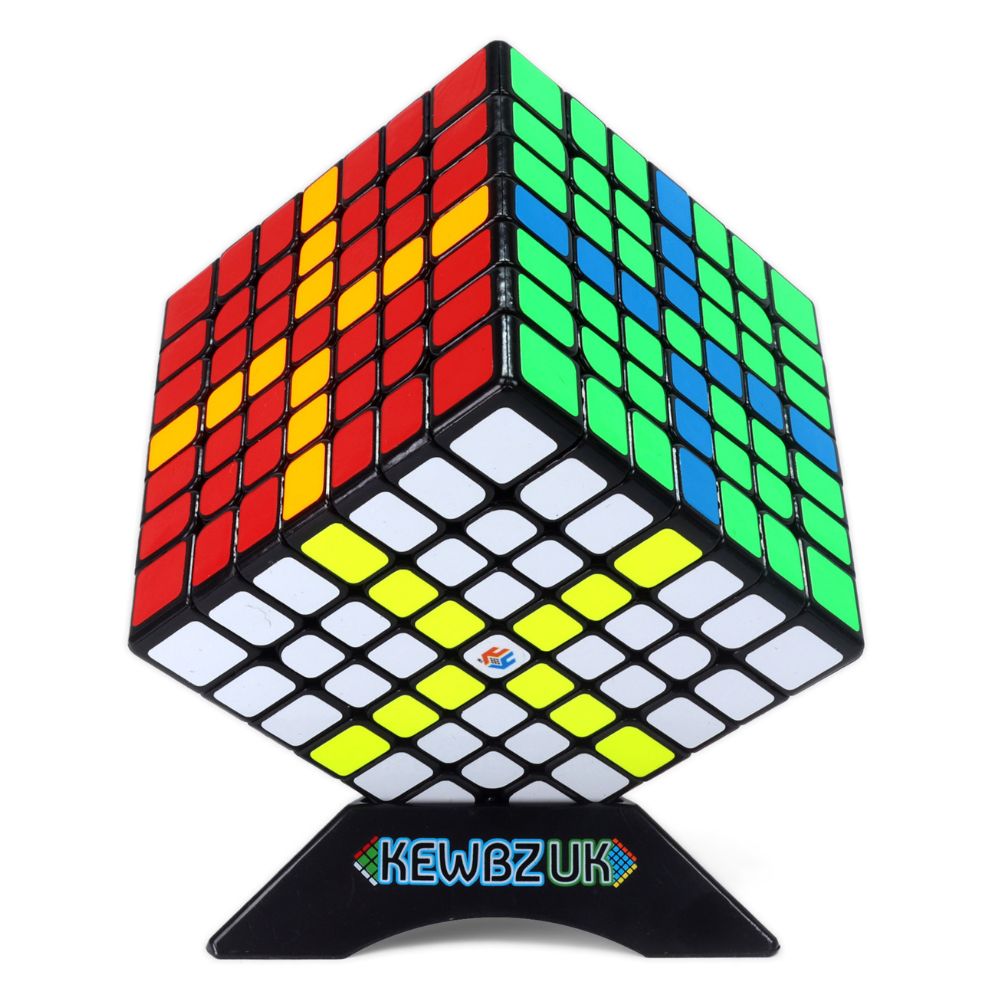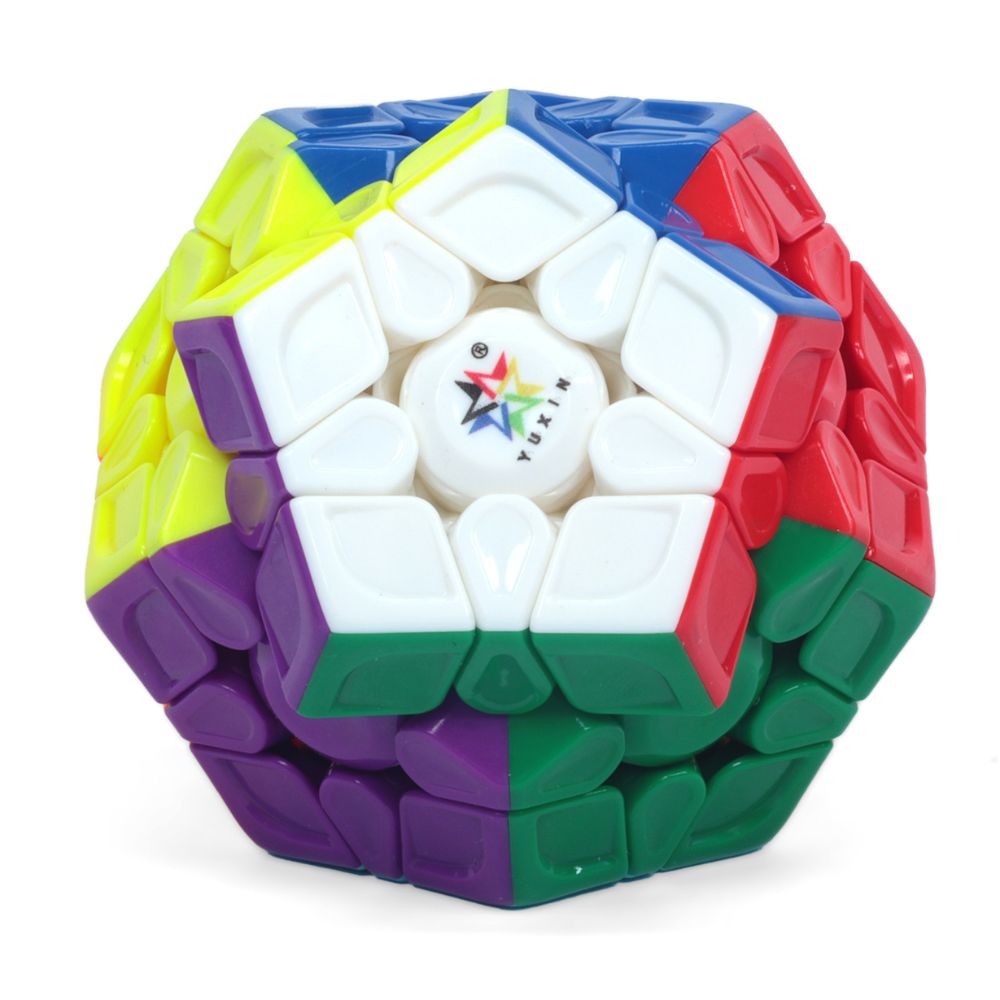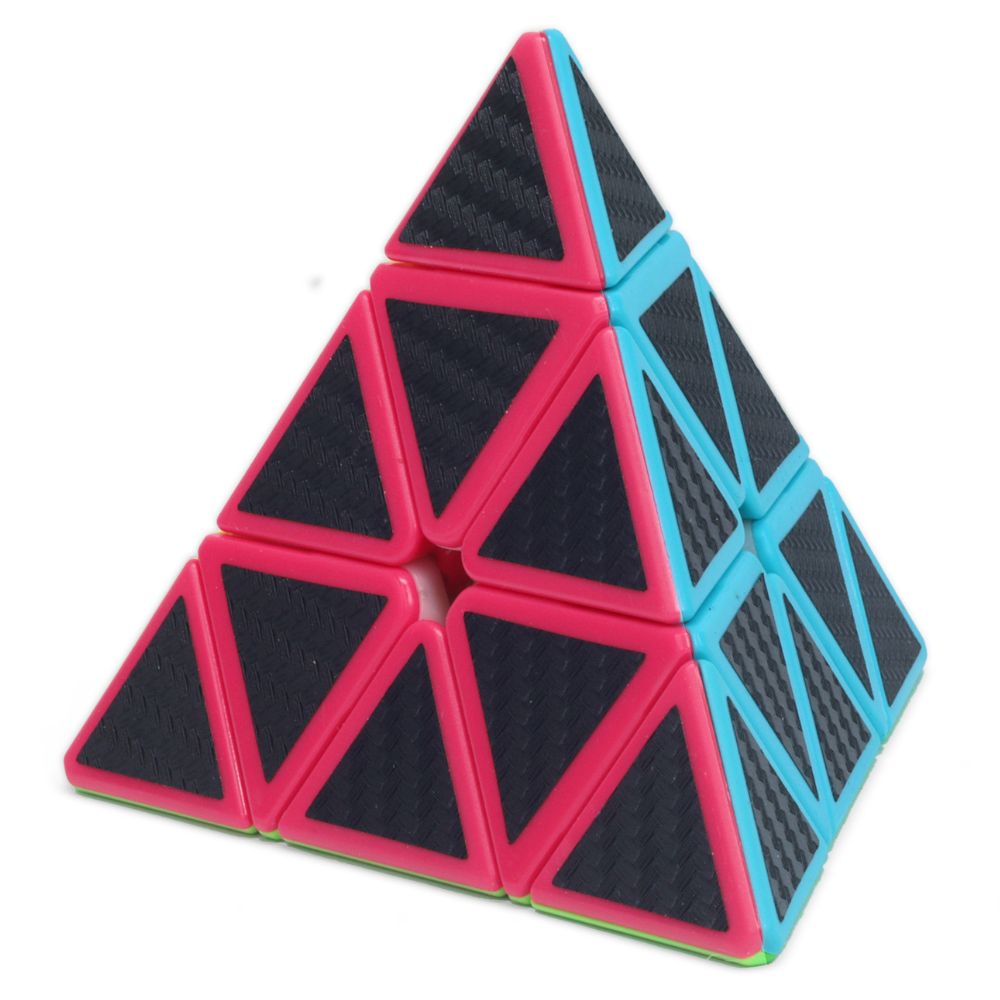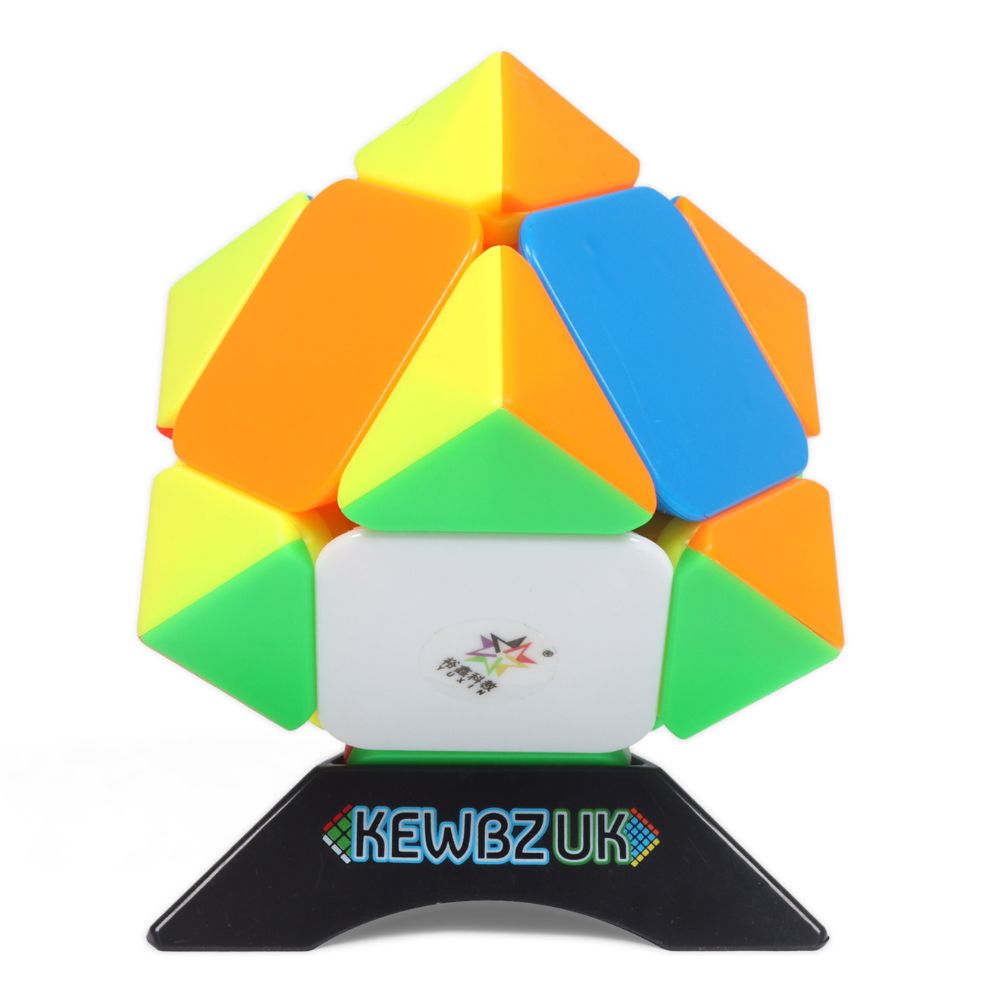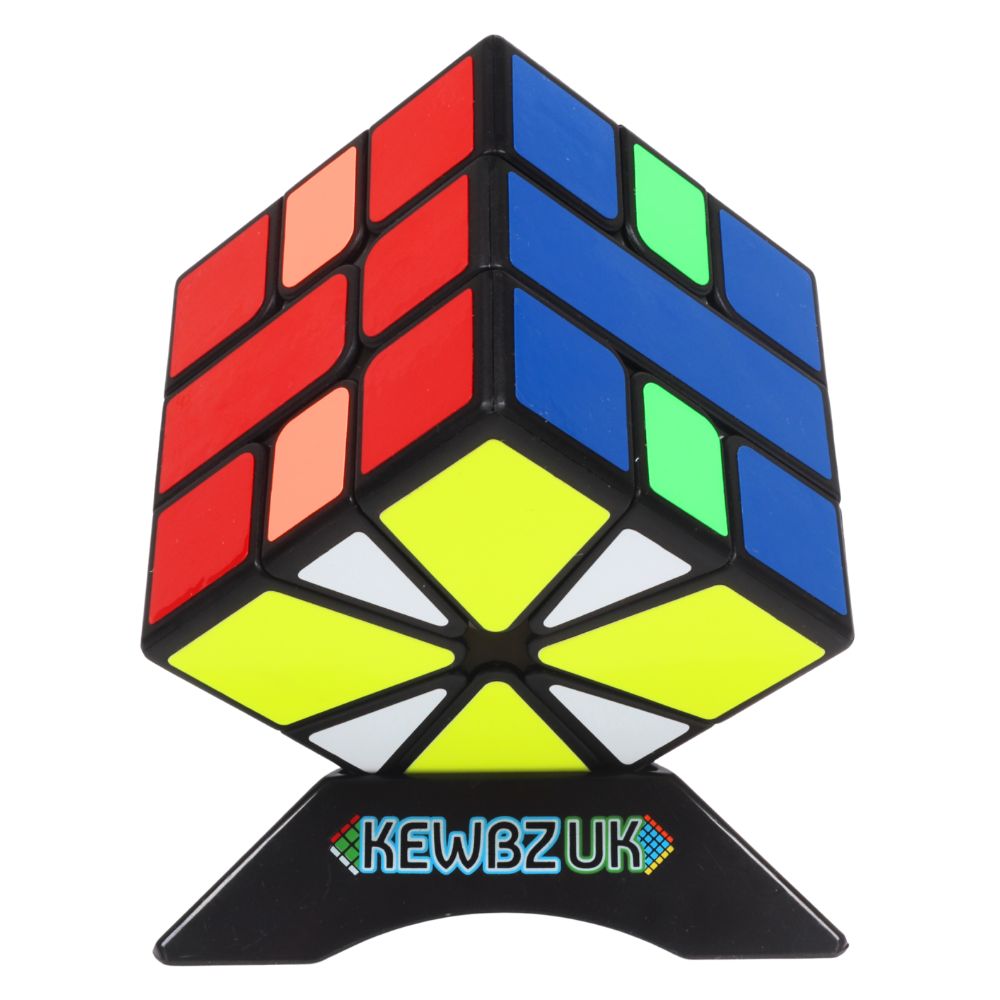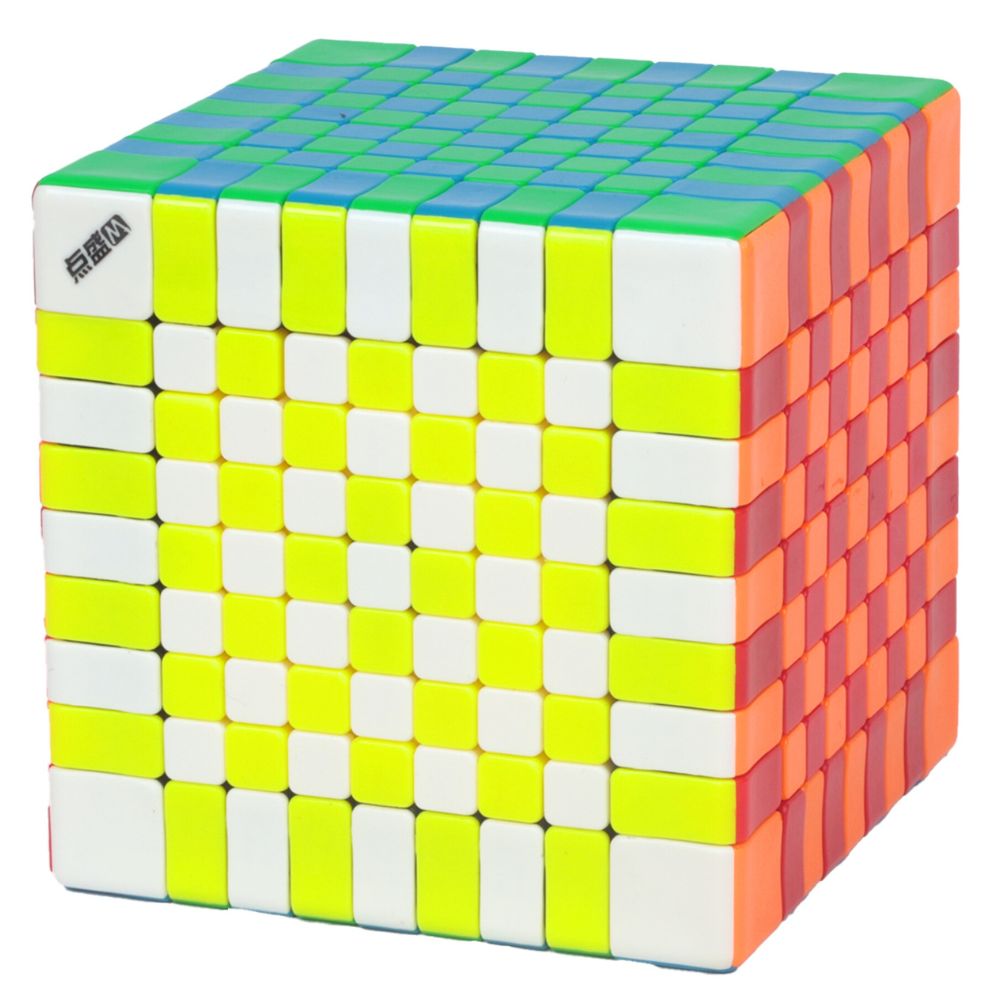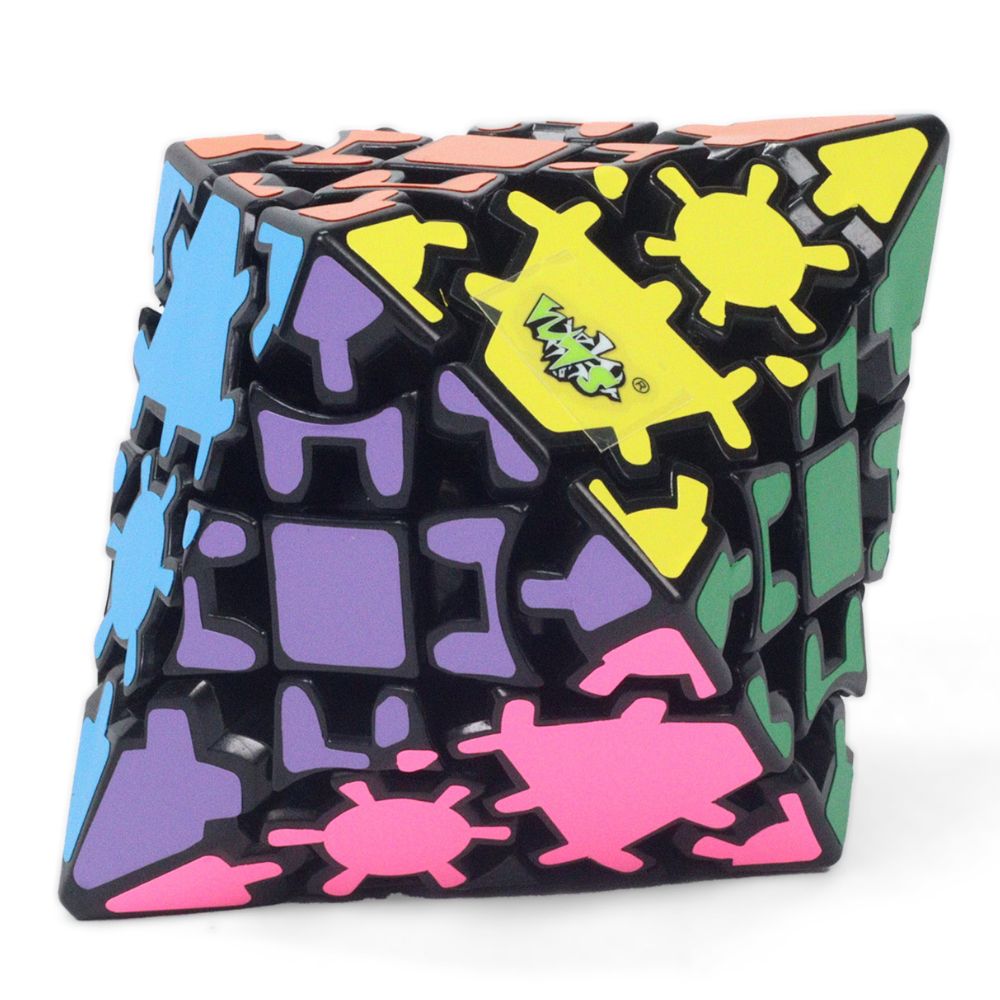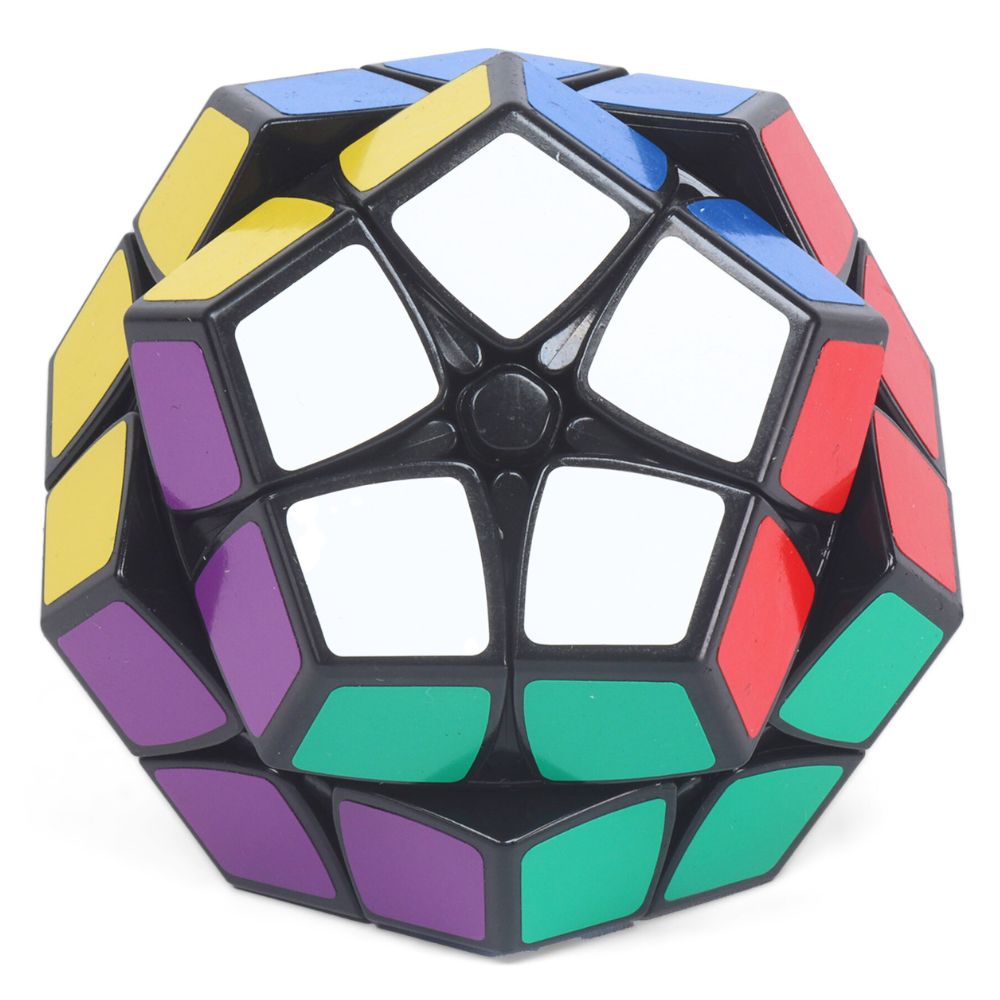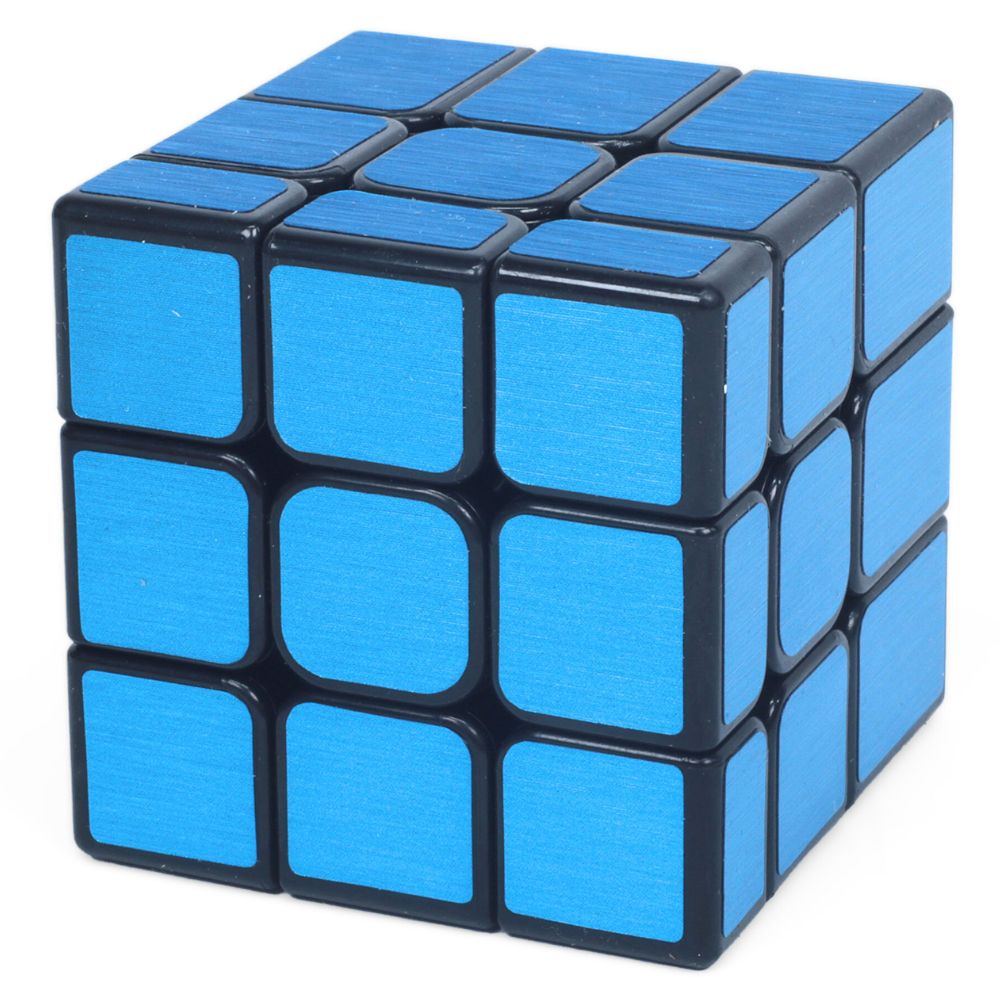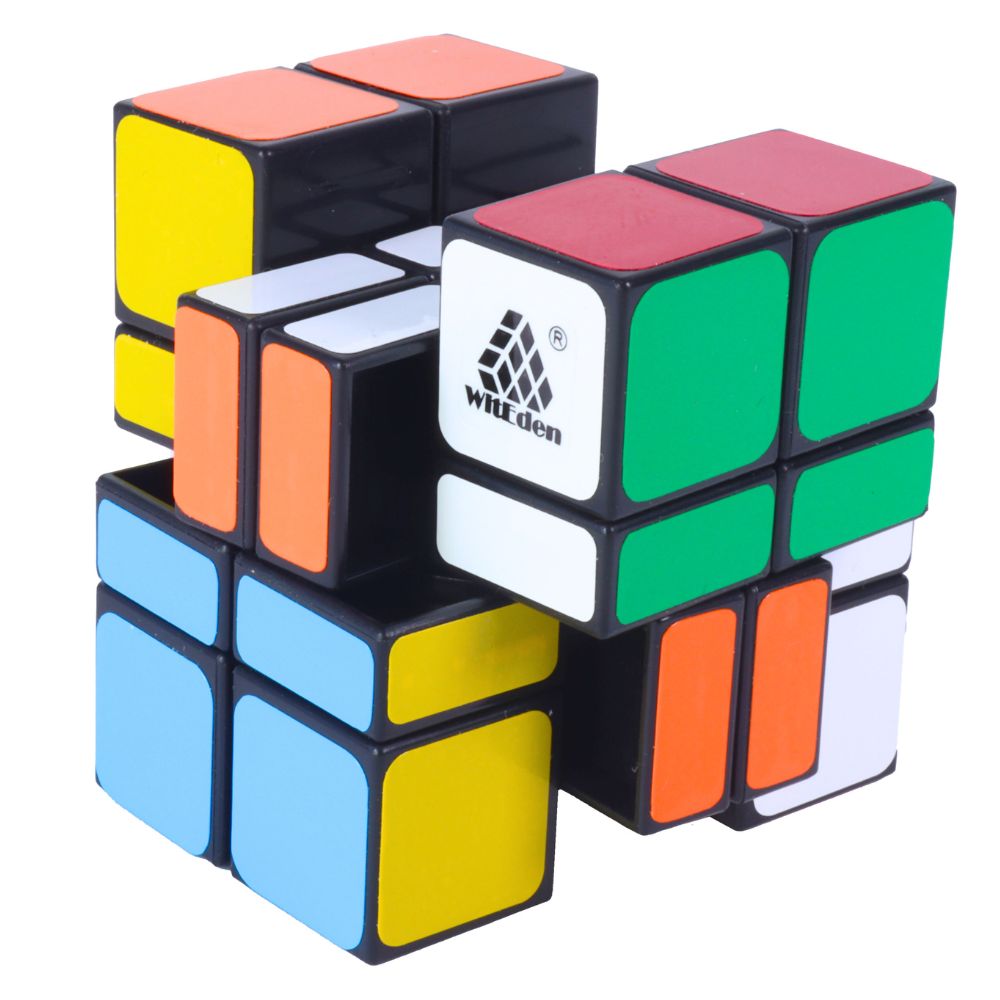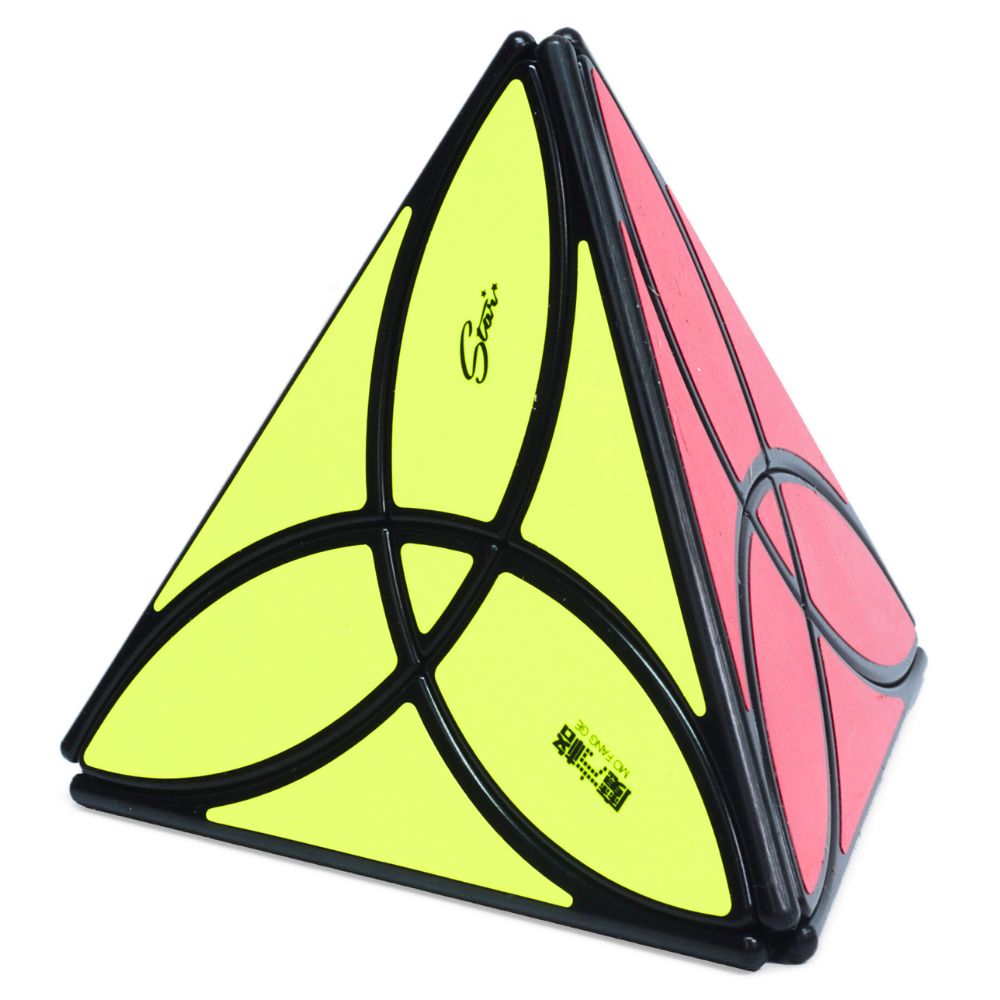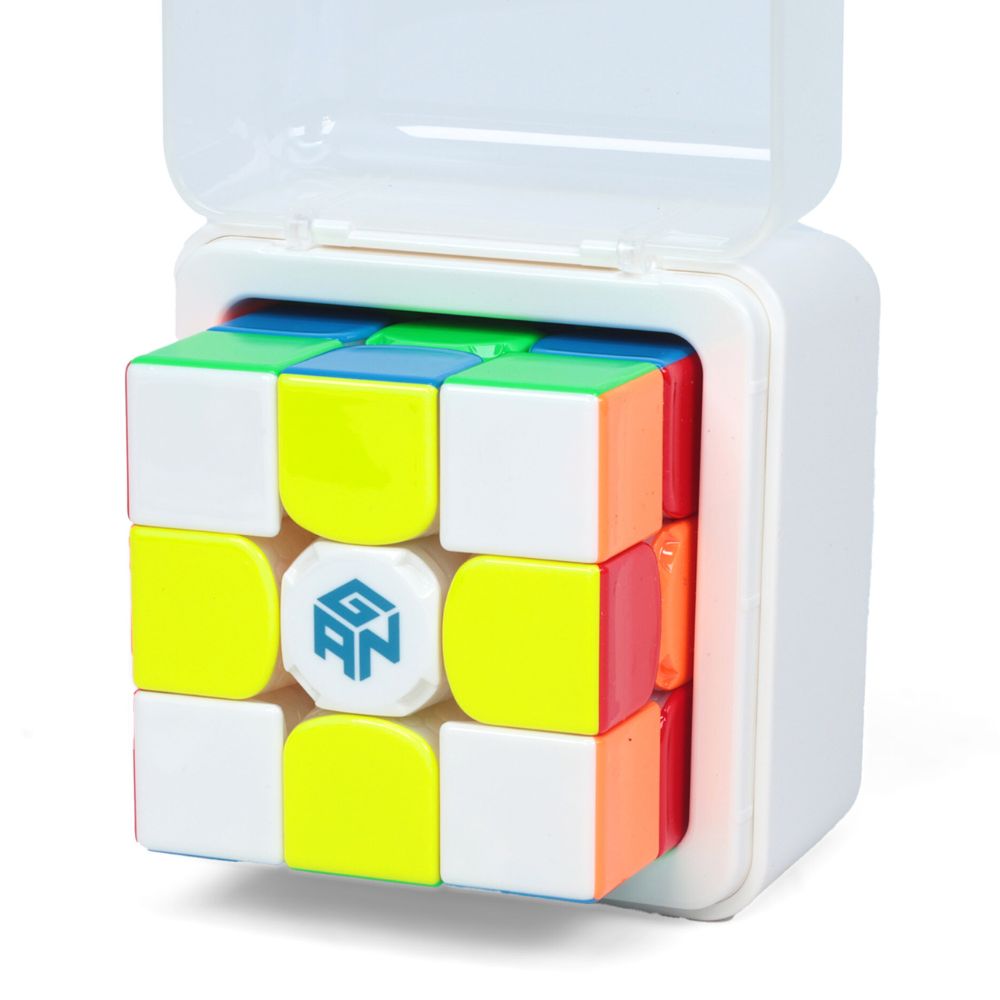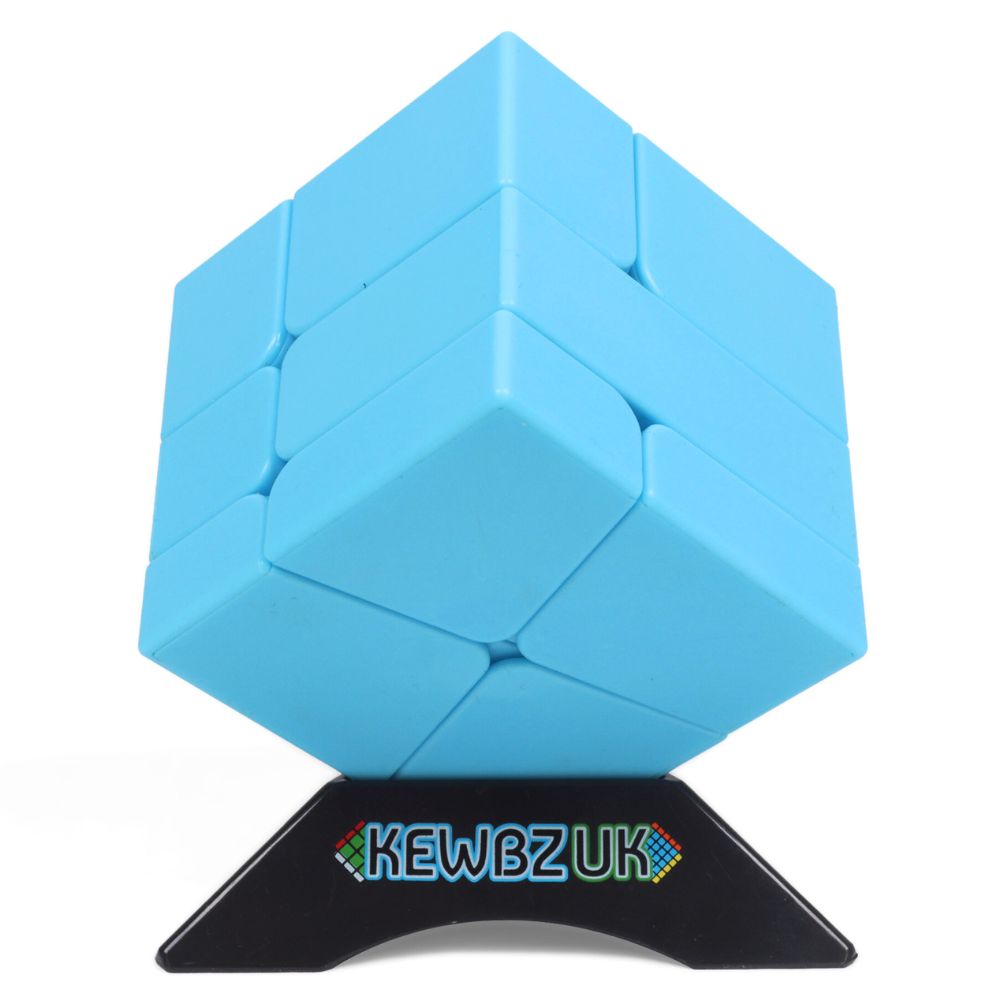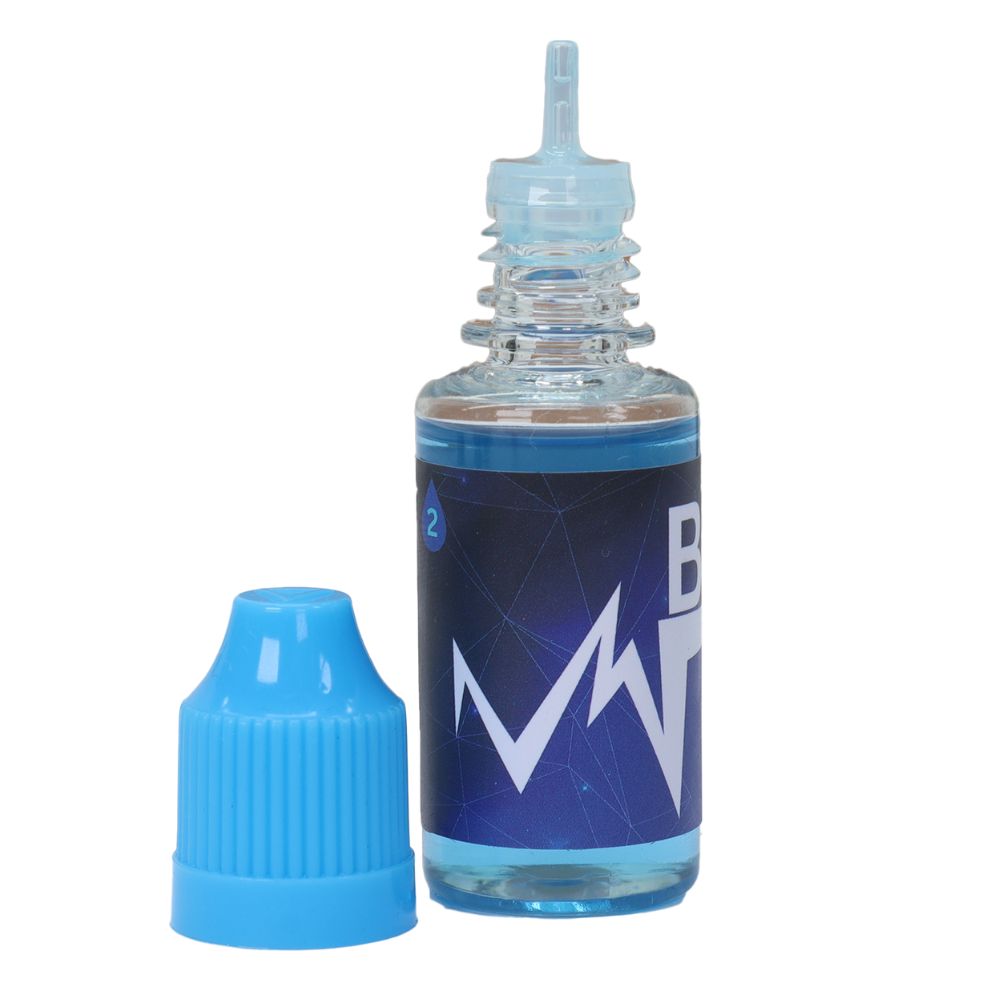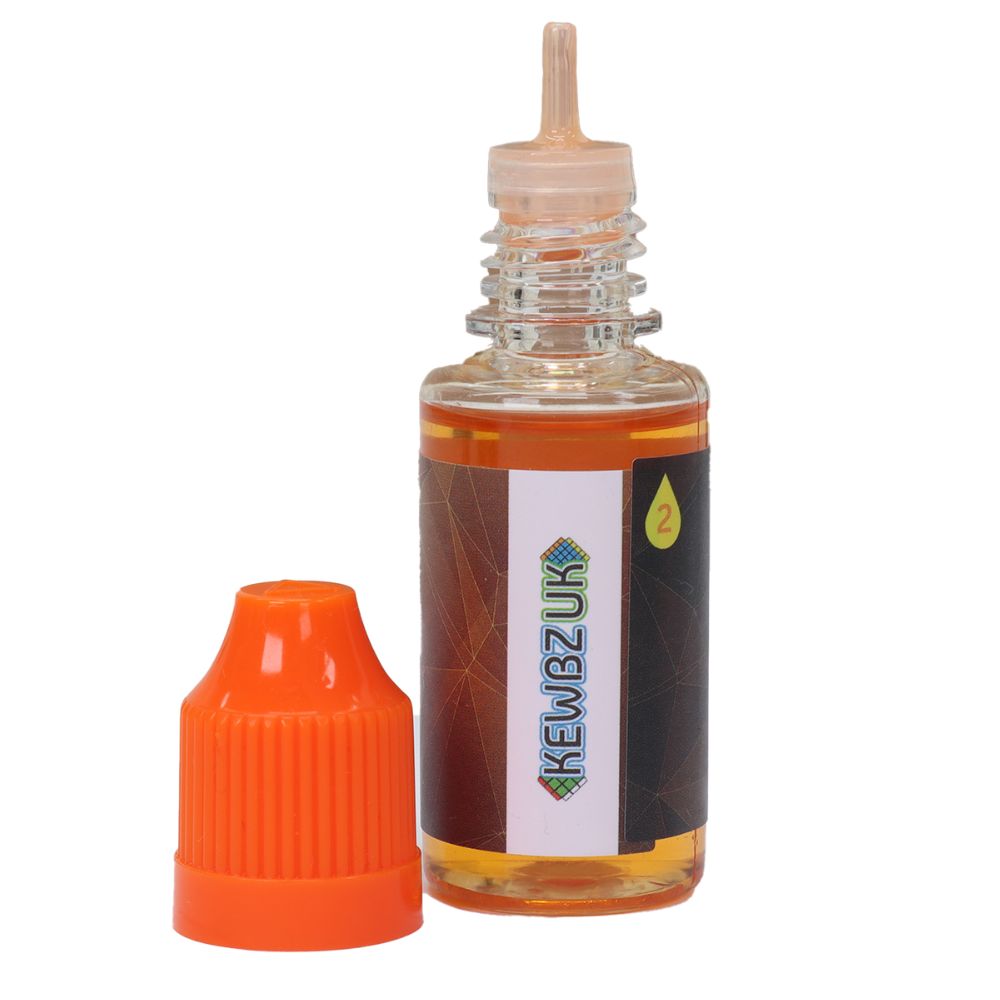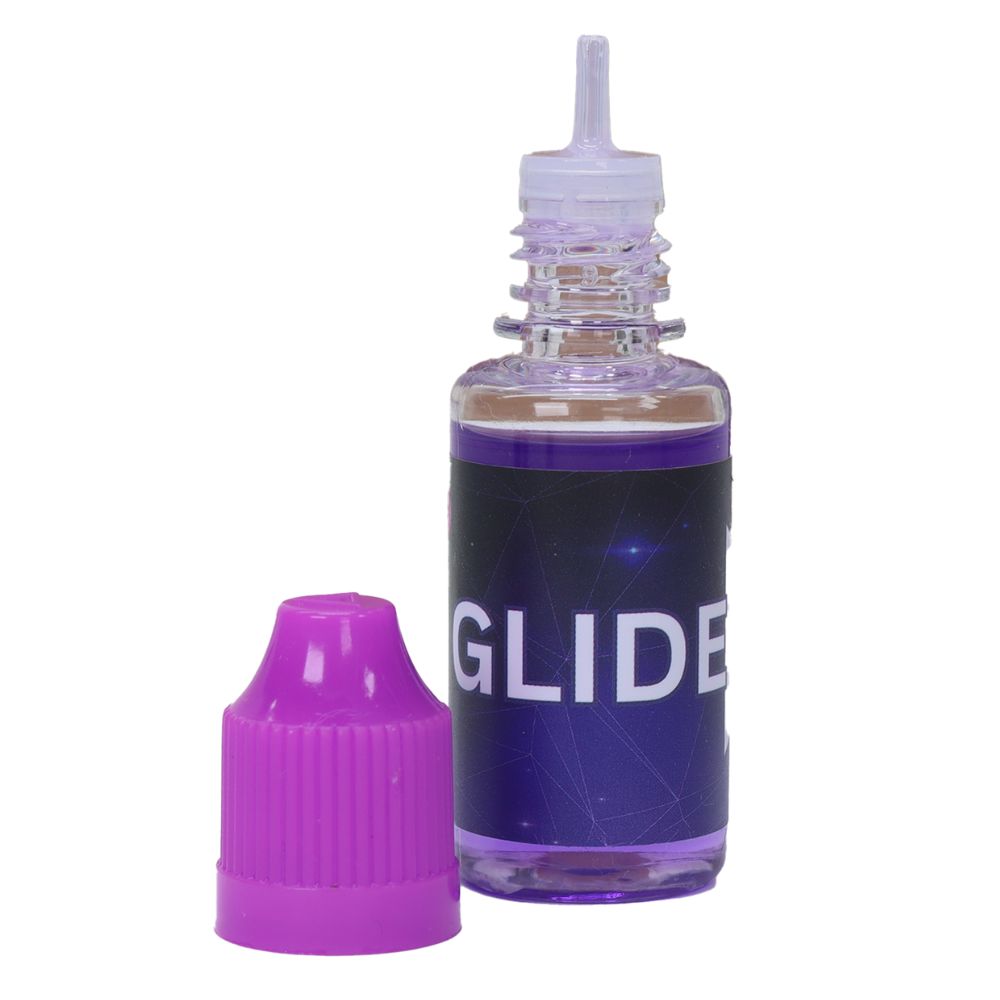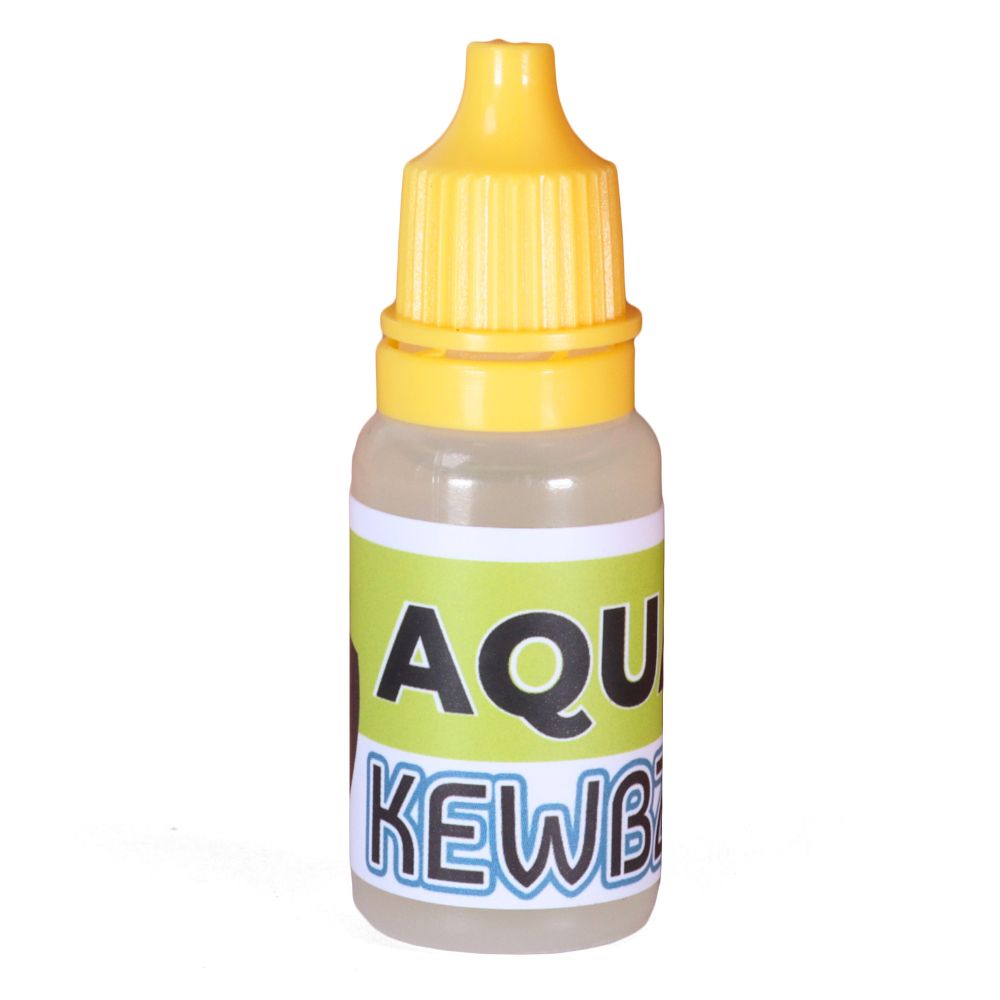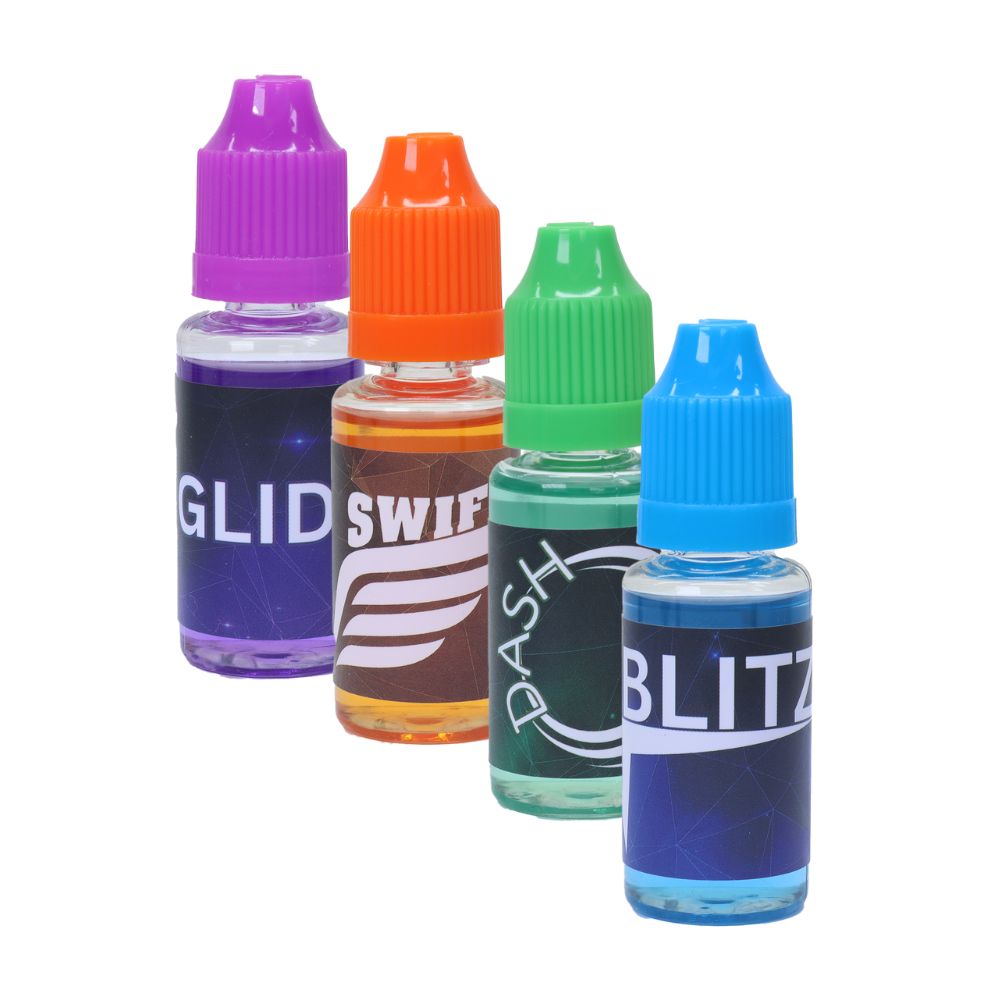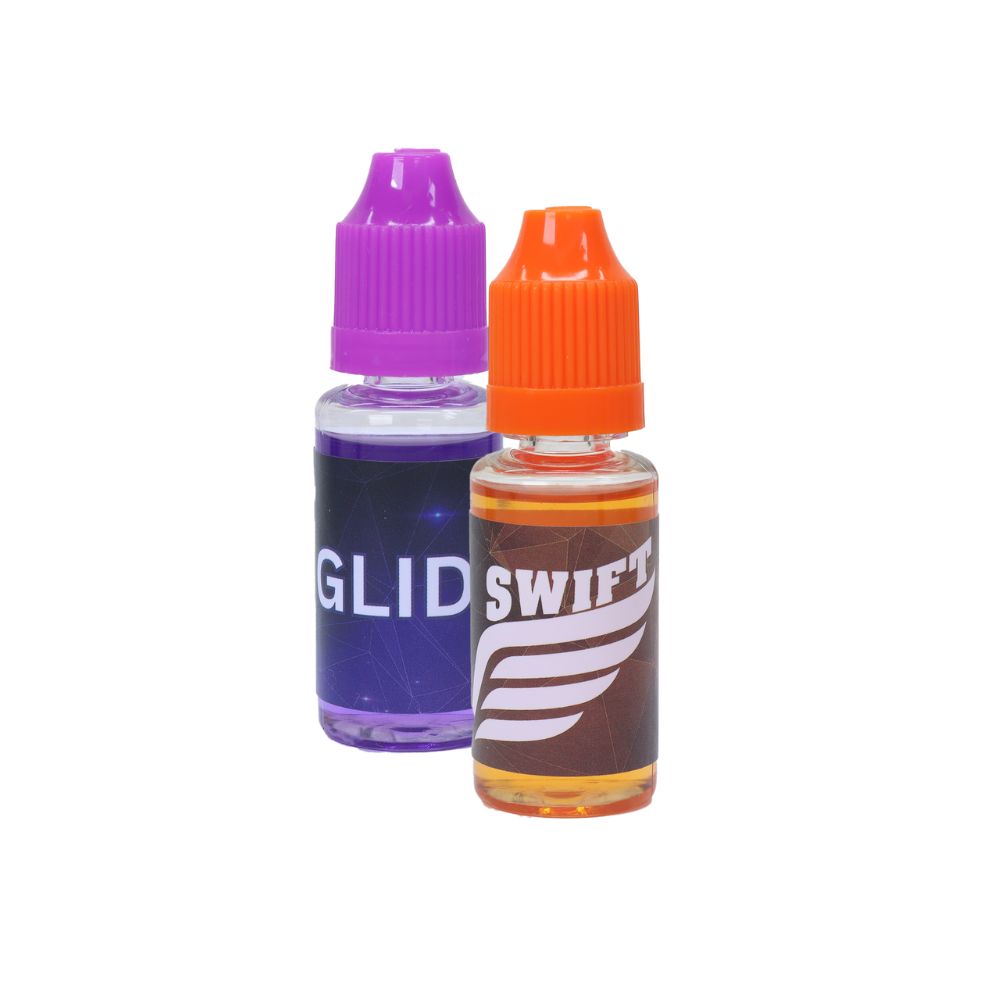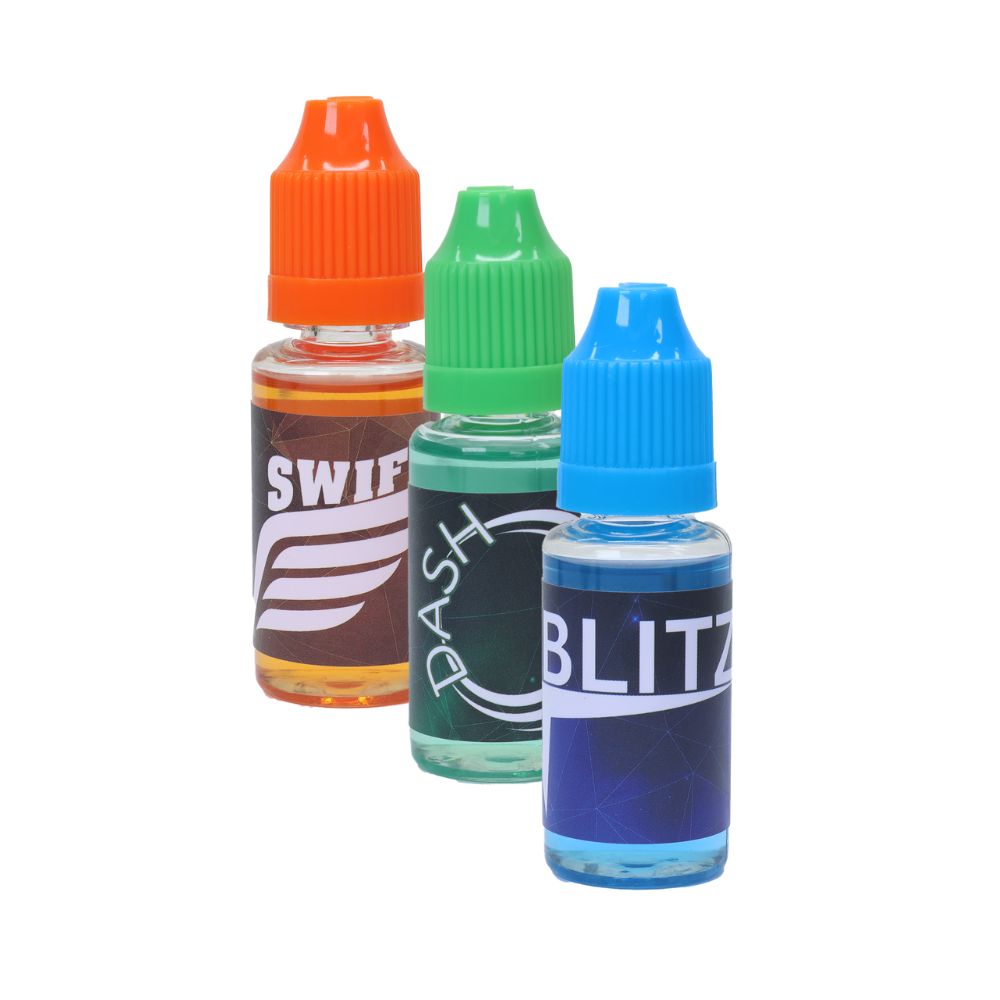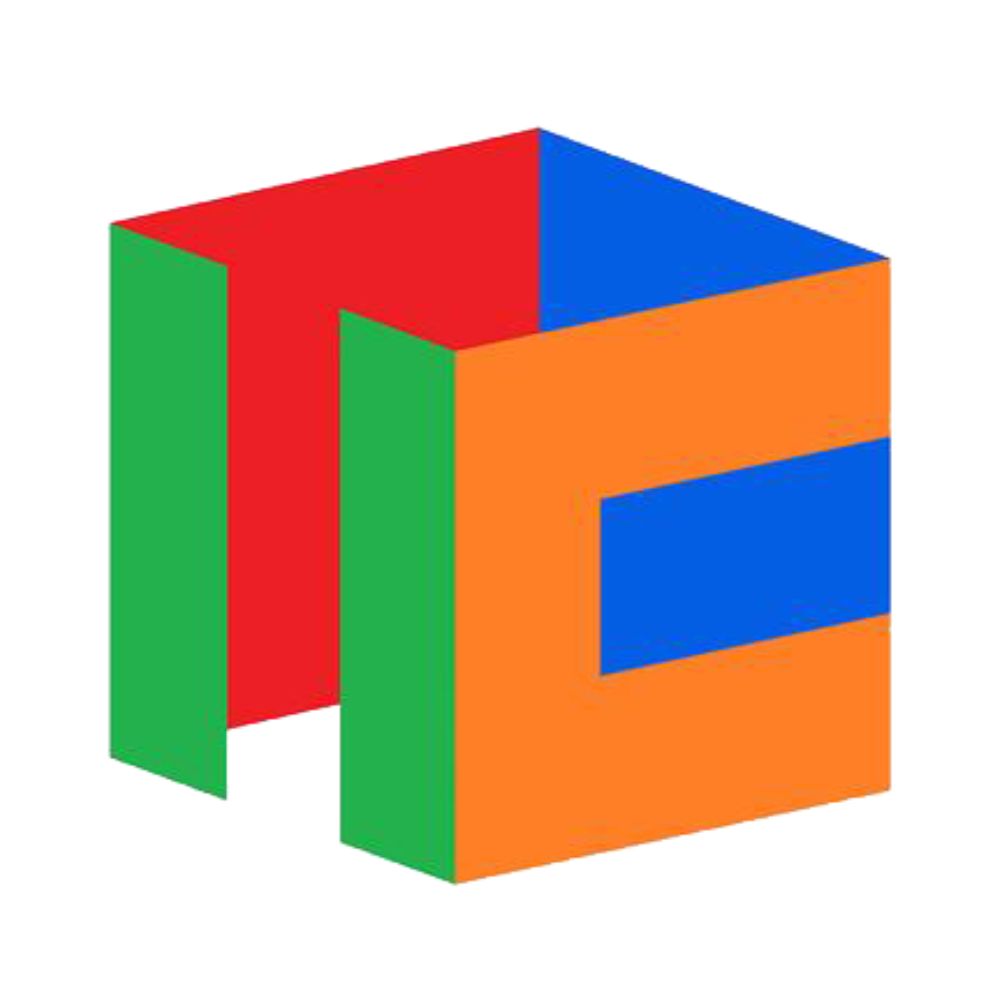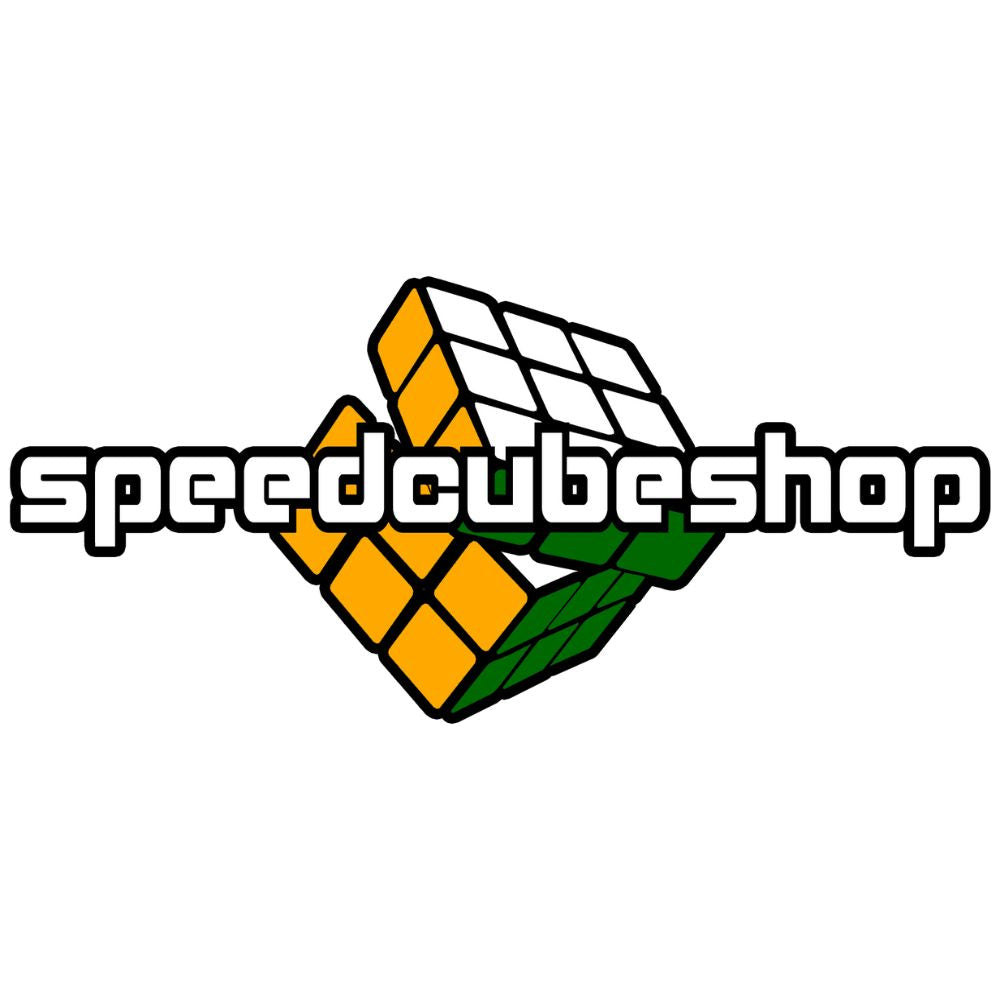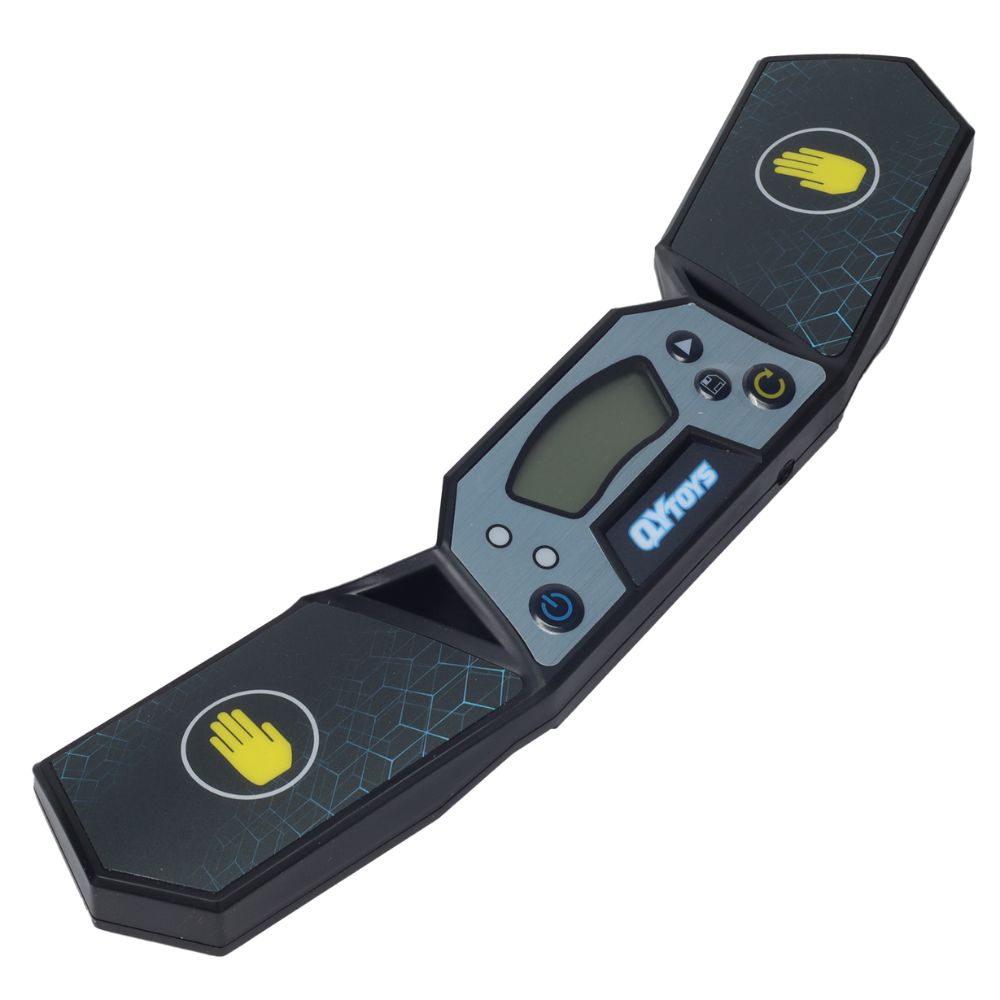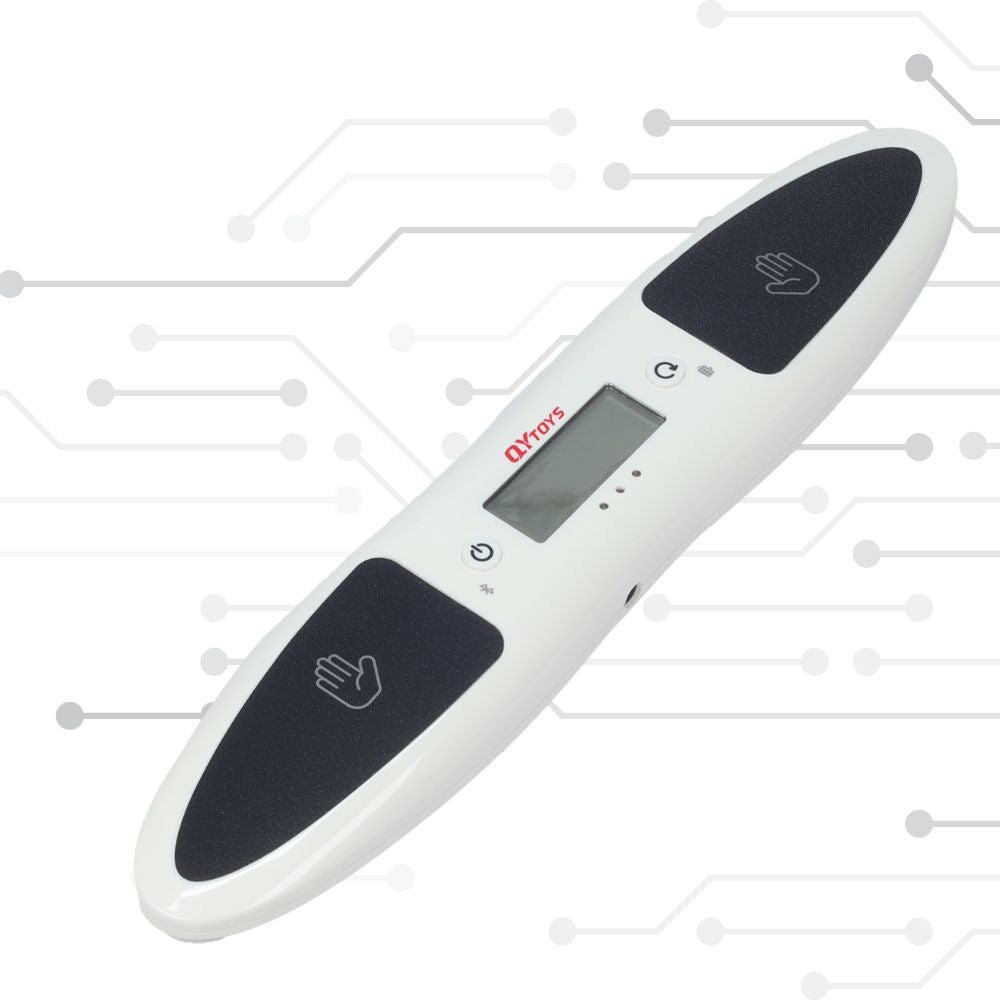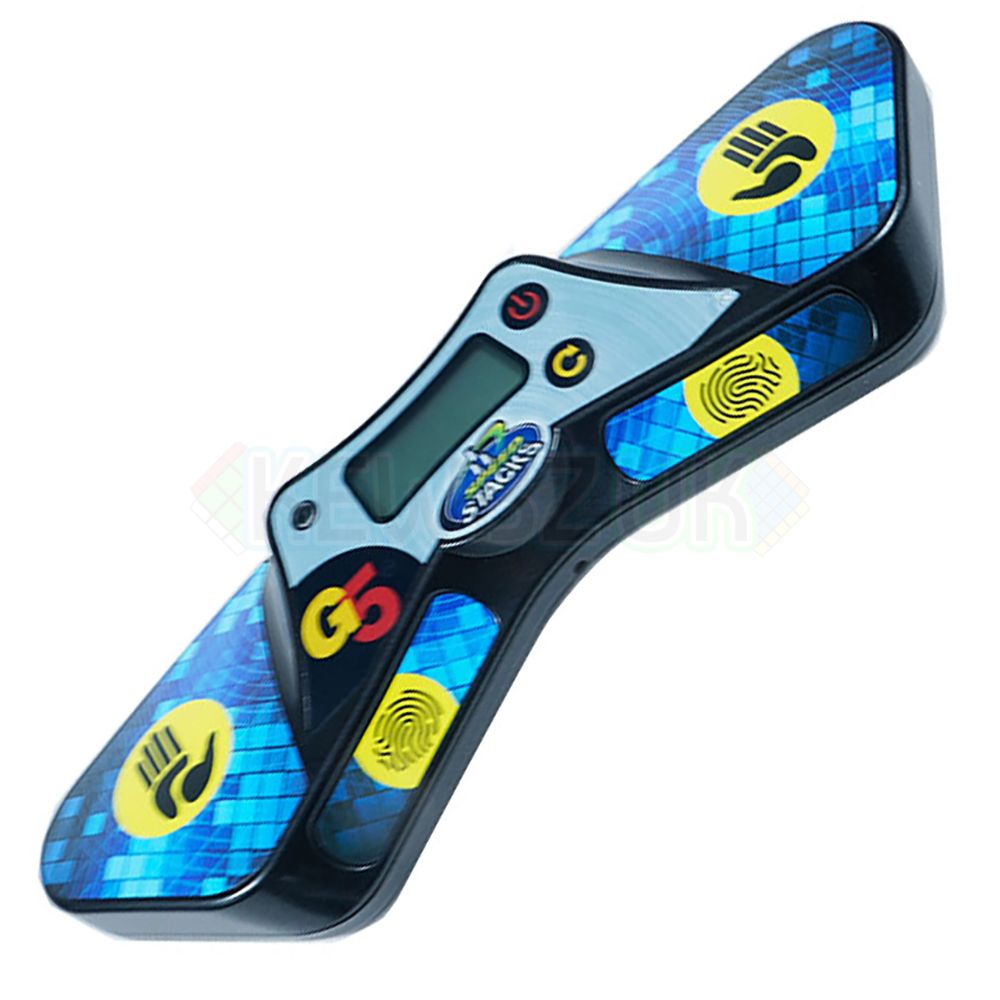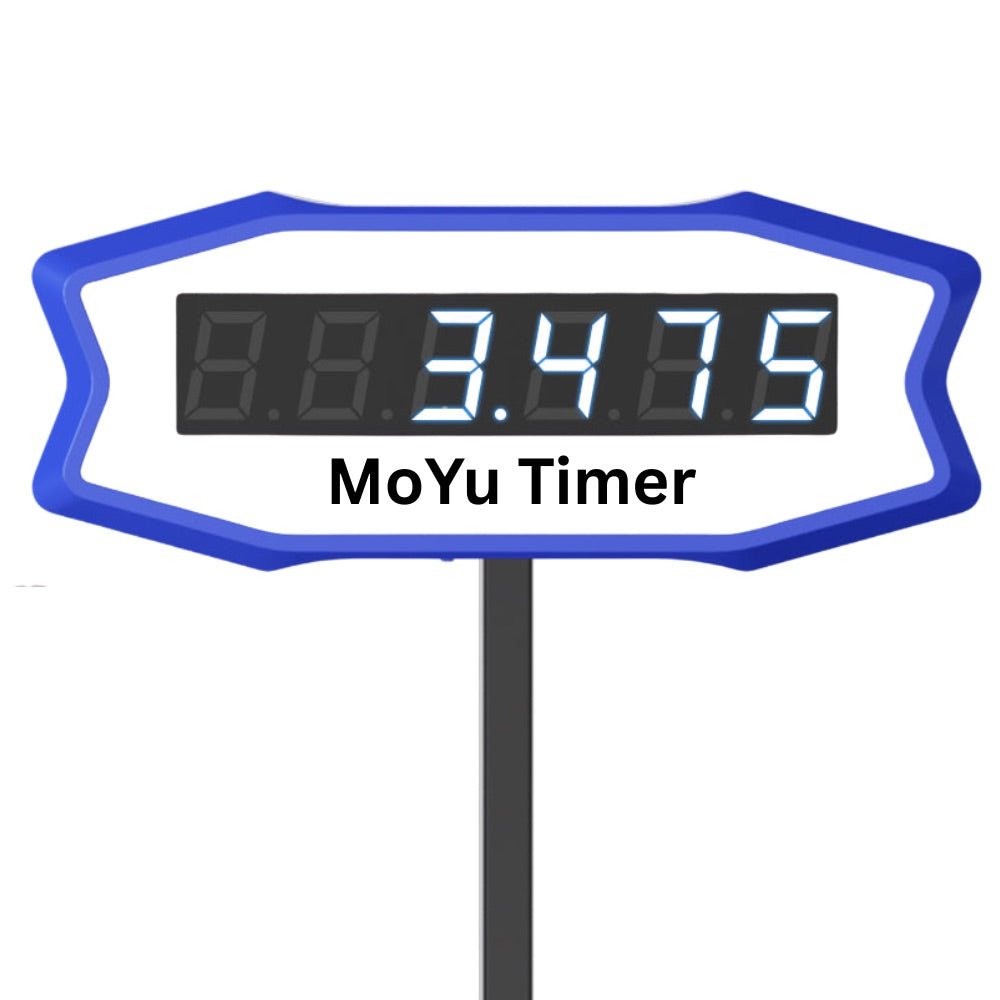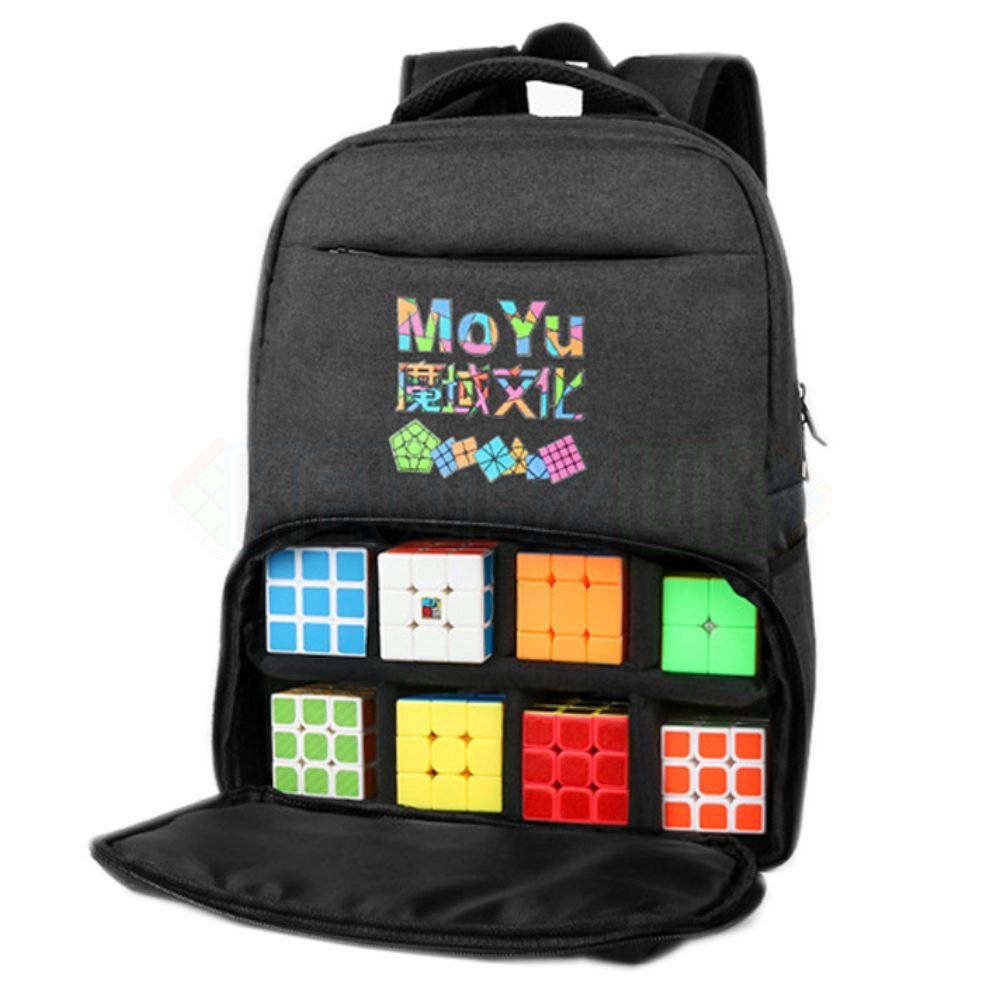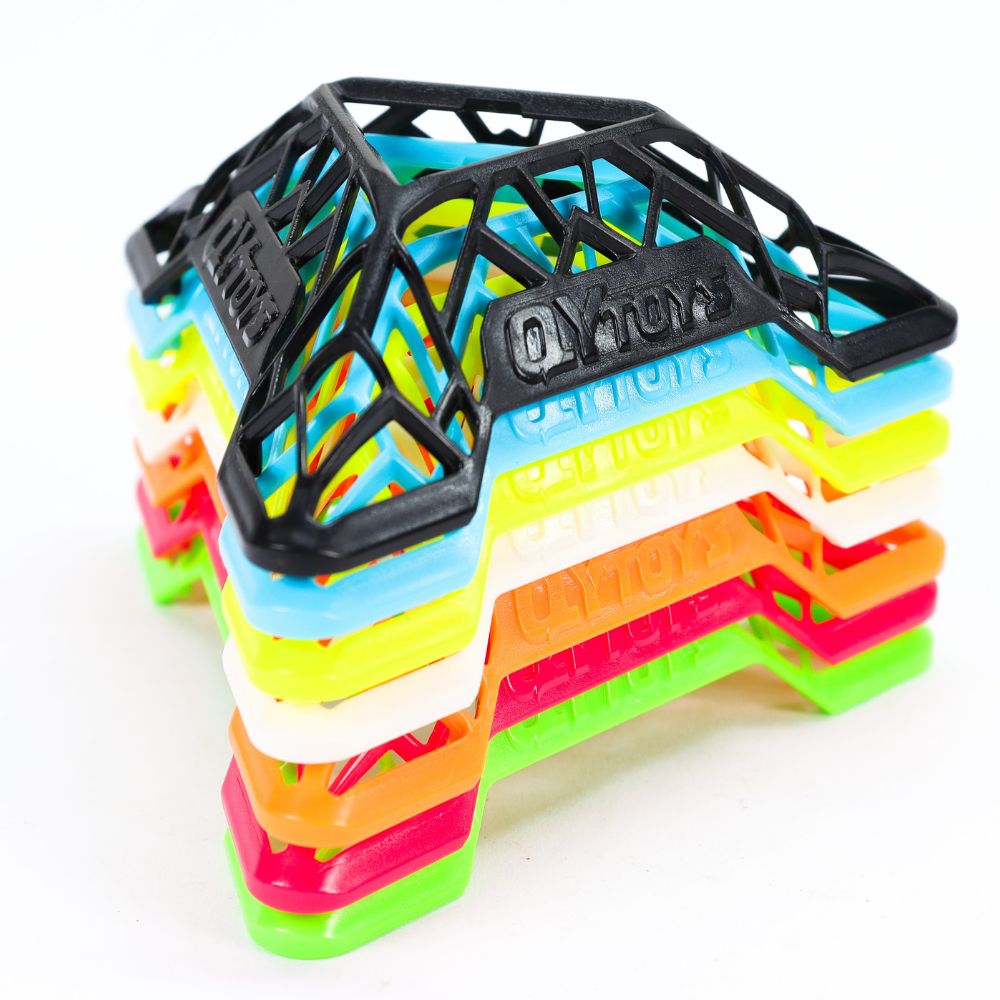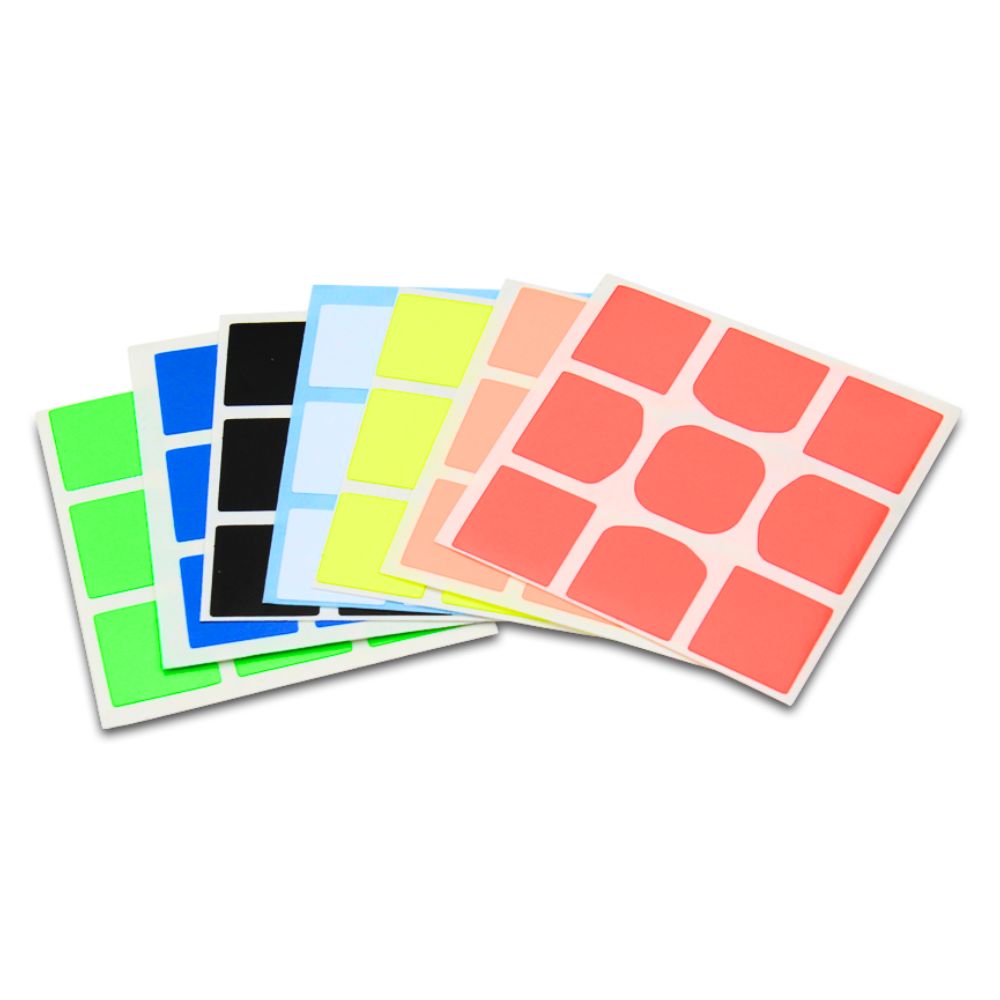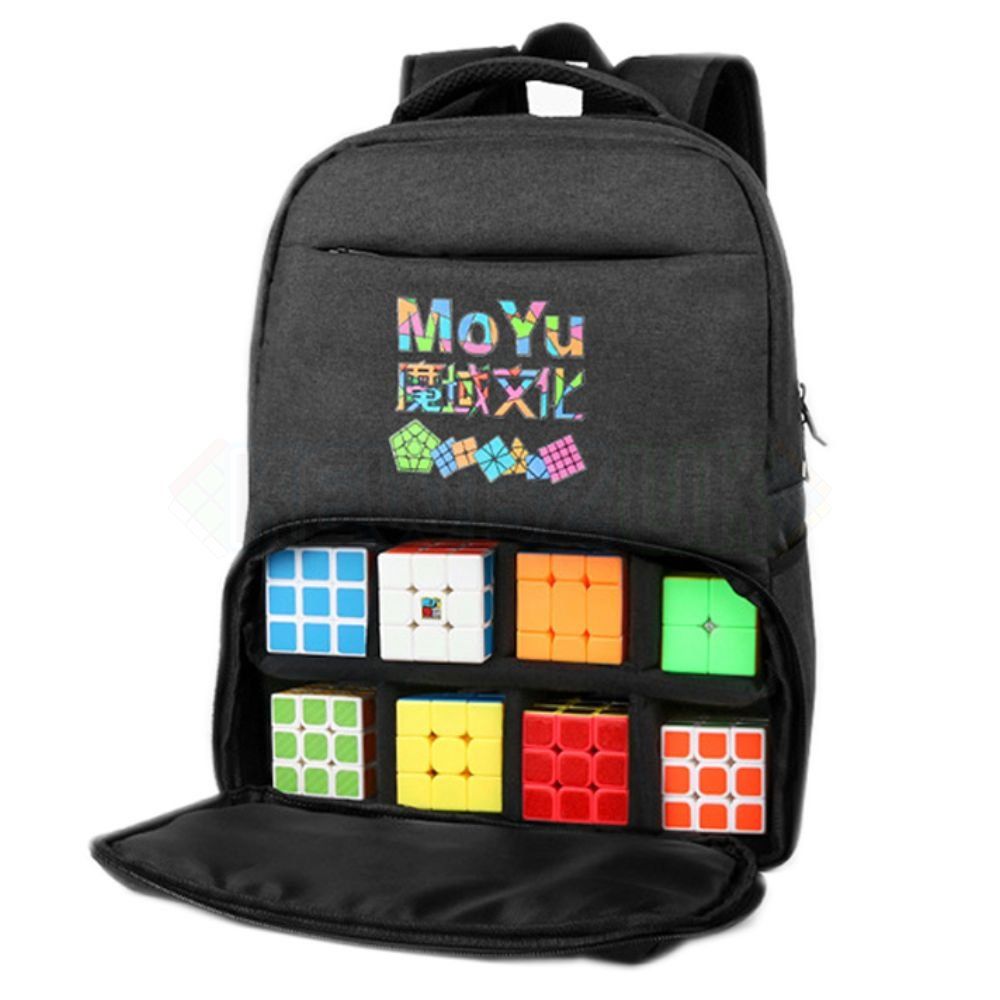What's the Difference? CLL and EG Methods
Understanding CLL, EG-1, and EG-2
As you move deeper into 2x2 speedcubing, you’ll come across advanced solving methods like CLL, EG-1, and EG-2. Each method aims to reduce steps and improve efficiency. Here’s how they compare.
CLL
CLL stands for Corners of the Last Layer. The idea is simple:
- Solve the first layer completely (face and corners).
- Apply one algorithm to solve all four last-layer corners in a single step.
- 42 cases in total.
- Great progression after Ortega.
The EG Method
The EG method takes things further. Instead of solving the full first layer, you only solve one face and then use an algorithm to finish the cube.
It’s split into two subsets:
EG-1
- Face requires a T-Perm.
- Easy recognition (bottom bar is visible).
- Considered a natural extension of CLL.
EG-2
- Face requires a Y-Perm.
- Harder recognition, but more flexibility.
- Favoured by advanced solvers chasing top times.
Summary
CLL
First Layer: Fully solved
Last Layer: One algorithm
Cases: ~42
EG-1
First Layer: Face with T-Perm
Last Layer: One algorithm
Cases: ~42
EG-2
First Layer: Face with Y-Perm
Last Layer: One algorithm
Cases: ~42
Which Should You Learn?
For most solvers, the path looks like this:
- After Ortega → learn CLL.
- Once comfortable → add EG-1.
- For sub-2 or sub-3 averages → commit to EG-2.
Final Note
Learning EG means memorising 84 algorithms (42 for EG-1, 42 for EG-2). It’s a big step, but it offers the fastest possible 2x2 solutions.


